Ancient wall carvings suggest women were using ‘modern’ accessories 12,000 years ago
Women’s relationship with handbags may date back thousands of years.
Researchers have discovered centuries-old wall carvings depicting handbags with a square body and a short, semi-circular handle.
Some date back 12,000 years, before makeup, perfume and hairbrushes existed.
The earliest depictions were discovered in Turkey among the ruins of Göbekli Tepe, an ancient megalithic temple with large stone pillars engraved with bags.
Researchers have discovered the same design in Mexico, Iraq and parts of South America, raising further questions about the motif’s meaning, particularly how distant civilizations imagined the same object.
The earliest images were discovered in Turkey among the ruins of Göbekli Tepe, an ancient megalithic temple with large stone pillars etched with sacks
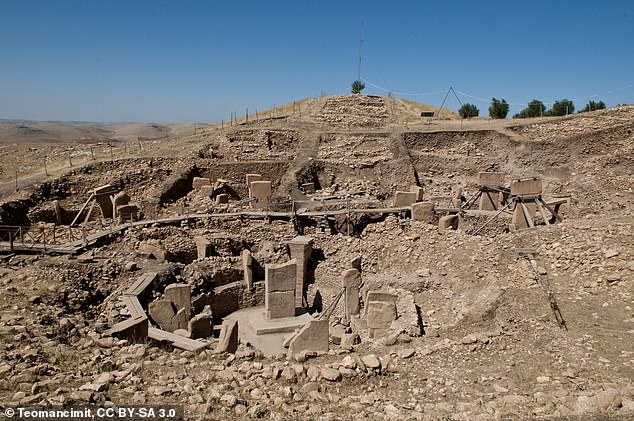
Built in 9,000 BC, Göbekli Tepe consists of large, T-shaped stone pillars arranged in circles and were probably used for social events and rituals.
Although the images are nearly identical to modern handbags, experts suspect that many of the images depict baskets.
However, some also claim that the idea of the handbag was invented by ancient civilizations.
The first modern handbag was designed in England in 1841 by Samuel Parkinson. He needed a trunk for his wife to carry her belongings that were too large for a handbag.
Since then, the accessory has become an indispensable fashion item for both women and men.
The most expensive handbag ever is the Mouawad 1001 Nights Diamond Purse Costs $3.8 Million
Built in 9,000 BC, Göbekli Tepe consists of large, T-shaped stone pillars arranged in circles and were probably used for social events and rituals.
In some structures, garments, belts, loincloths and handbags can be seen.
Although experts are not sure exactly what the motifs mean, they have theorized that ancient people saw the design in relation to the cosmos, Living coin reported.
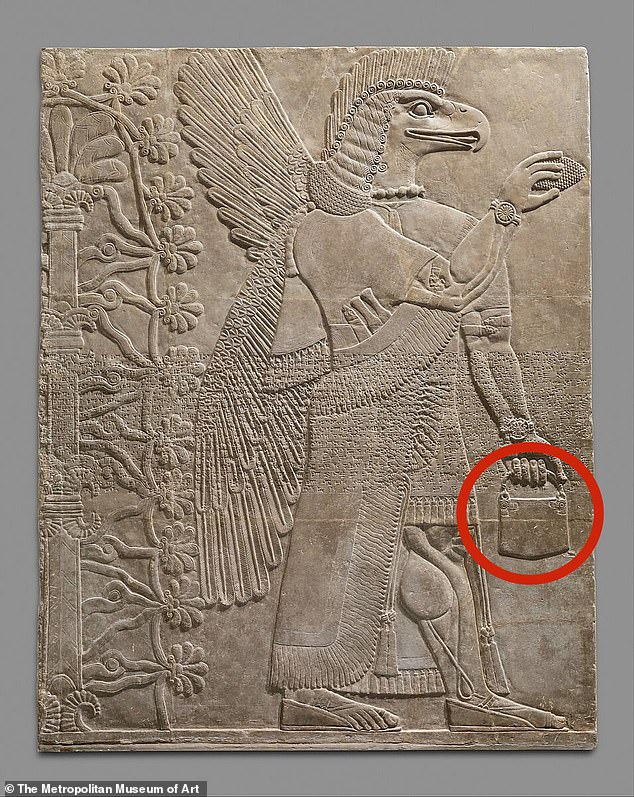
Archaeologists made similar discoveries in Iraq when they discovered the relief with the winged djinn in 1846. This relief once stood in a palace between 883 and 859 BC.
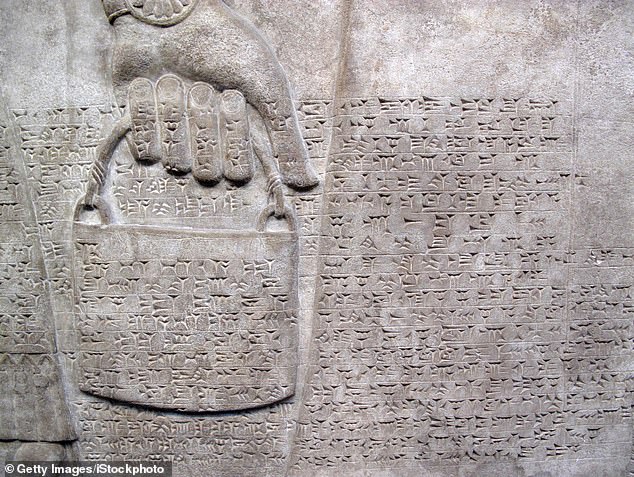
Many experts agree that the artwork was created to carry magical potions that the spirit would sprinkle through the halls, but other translations suggest that the art depicts a purse filled with intoxicants
The square ‘bag’ could symbolize the earth and the connected circle was a symbol for spirituality.
Ancient writings show that early civilizations believed the Earth was flat, which may be why they depicted the Earth as a square in their art.
However, some researchers argue that the design is the link between our planet and the sky.
Another early example of a clutch is found in ancient Egyptian hieroglyphs, made about 5,000 years ago. The hieroglyphs depict gods carrying a small, square purse, which symbolizes prosperity.
While archaeologists have found evidence of baskets and tool bags used by the civilization, they have yet to discover what is engraved on the walls.
Archaeologists have made similar discoveries in Iraq.
Among the ruins of an Assyrian palace built between 883 and 859 BC, giant rock slabs have been found, depicting winged spirits carrying a handbag.
The structure depicts a ghost with large, feathered wings holding what some claim is a handbag, while others are certain is a small bucket.
Many experts agree that the artwork was intended to carry magical potions that the spirit would sprinkle through the halls. However, other translations suggest that the artwork depicts a purse full of intoxicants.
Historian Dr. David Miano said in a recent Youtube video: ‘These figures on the Assyrian palaces often have human bodies and ‘Animal heads, they are called Apkalu.’
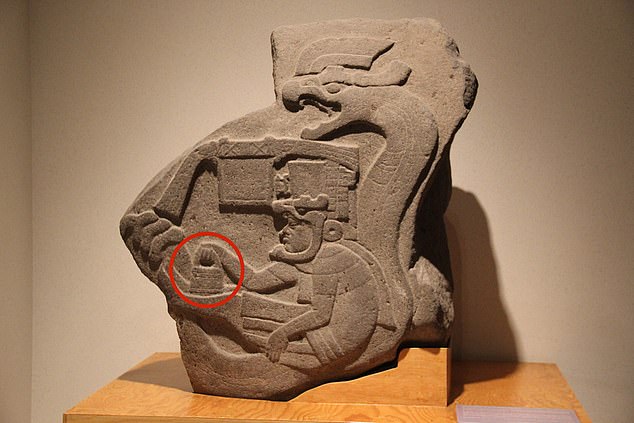
The same motif has also been found in Tula, Mexico, among ruins made by the Toltecs
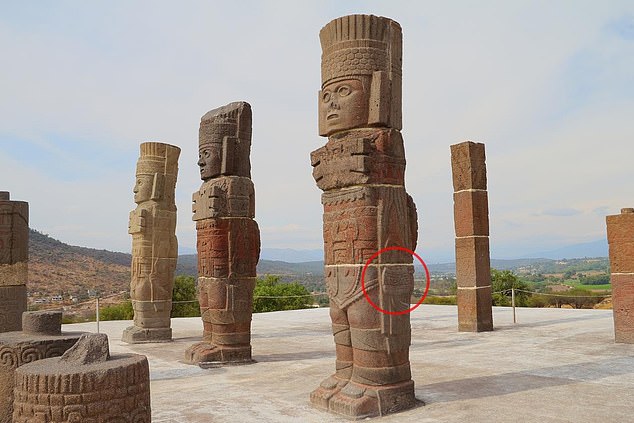
Large stone statues at the top of the Star Pyramid show figures holding a handbag at their sides. The structures were built in 750 AD.
He further explained that they are minor deities with a protective power, which is recorded in ancient scriptures.
‘They carry these things that people call handbags, but they’re actually buckets. They’re buckets. carry water “Sacred date palms,” said Dr. Miano, who noted that archaeologists in Iraq have found ancient buckets that resemble the etchings.
He noted that archaeologists have actually discovered buckets in the region.
The same motif has also been found in Tula, Mexico, among ruins built by the Toltecs. It shows a humanoid figure holding a bag and surrounded by a snake.
Tula also has giant stone statues of figures holding handbags. These structures date back to 750 AD.
“(A handbag) is a very simple device, anyone can come up with something like that,” Dr. Miano said.
‘You don’t have to learn it from another culture, you can figure it out yourself.’
